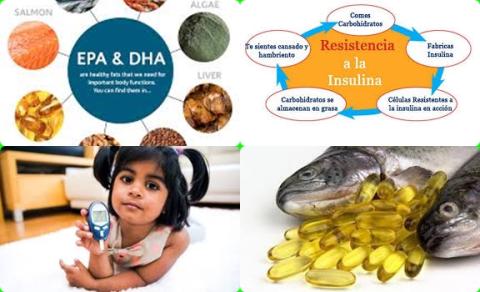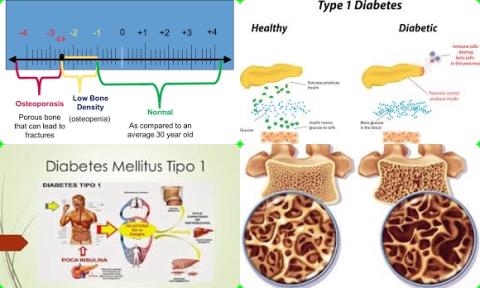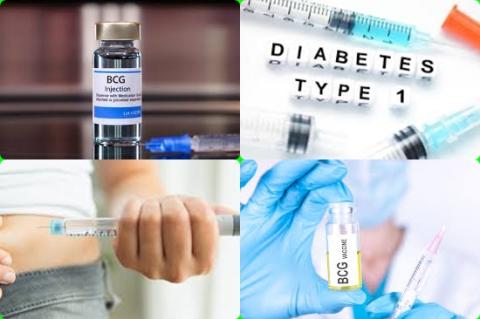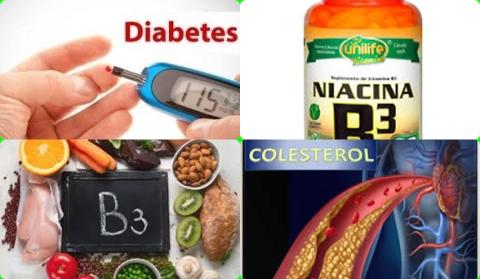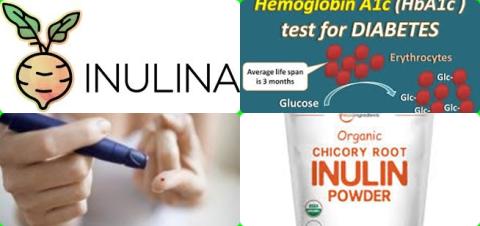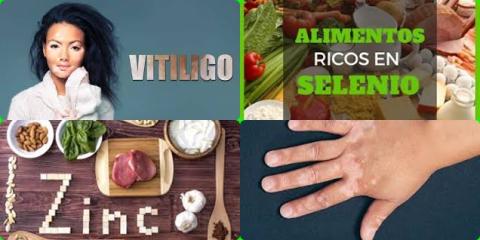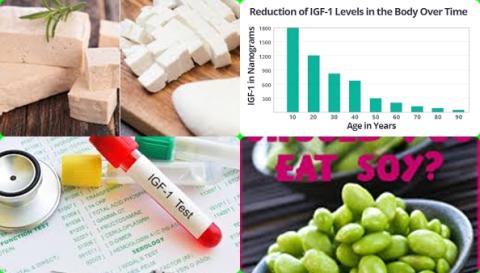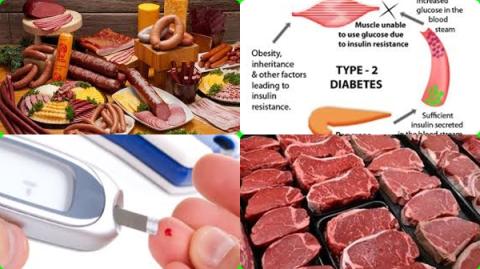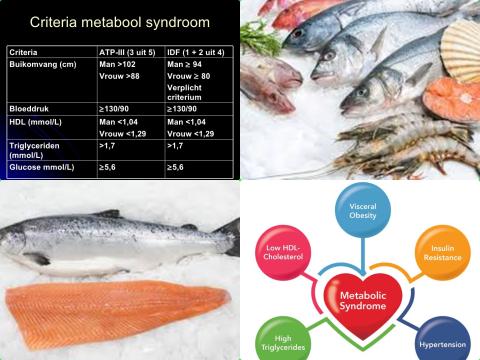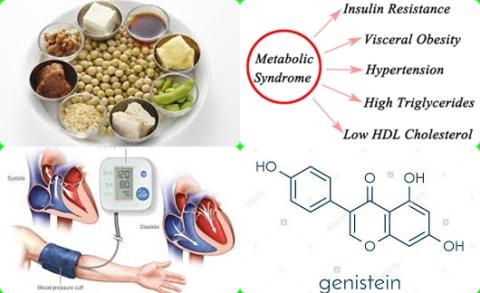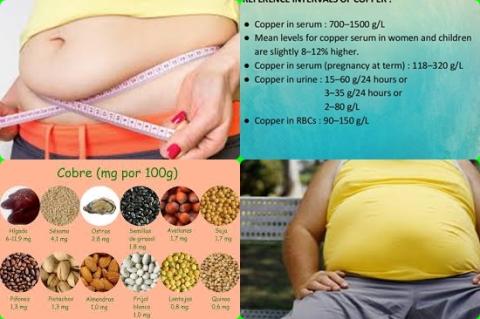Objectives:
Does high magnesium dietary intake reduce risk of type 2 diabetes and stroke?
Study design:
This review article included 53 prospective cohort studies with a total of 1,912,634 participants and 76,678 cases (persons with type 2 diabetes or stroke).
Participants were predominately middle aged at baseline (at the beginning of the studies), with a mean magnesium intake of 370 mg/day for the highest category and 232 mg/day for the lowest category.
The mean duration of all eligible studies was 10.7 years.
Results and conclusions:
The investigators found, when comparing the highest category of magnesium dietary intake (370 mg/day) to the lowest (232 mg/day), a significantly reduced risk of 22% [RR = 0.78, 95% CI = 0.75 to 0.81, p 0.001, I2 = 35.6%, p = 0.021] for type 2 diabetes.
The investigators found, when comparing the highest category of magnesium dietary intake (370 mg/day) to the lowest (232 mg/day), a significantly reduced risk of 11% [RR = 0.89, 95% CI = 0.83 to 0.94, p 0.001, I2 = 0%, p = 0.529] for total stroke.
The investigators found, when comparing the highest category of magnesium dietary intake (370 mg/day) to the lowest (232 mg/day), a significantly reduced risk of 12% [RR = 0.88, 95% CI = 0.81 to 0.95, p = 0.001, I2 = 16.9%, p = 0.265] for ischaemic stroke.
The investigators found in studies adjusted for cereal fiber dietary intake, a significantly reduced risk of 21% [RR = 0.79, 95% CI = 0.73 to 0.85, p 0.001] for type 2 diabetes.
The investigators found in studies adjusted for calcium dietary intake, a significantly reduced risk of 11% [RR = 0.89, 95% CI = 0.80 to 0.99, p = 0.040] for total stroke.
The investigators found in stratified analyses by characteristics of the population and study design, a significantly reduced risk of 9% [RR = 0.91, 95% CI = 0.83 to 0.99] for total stroke among female.
The investigators found in stratified analyses by characteristics of the population and study design, a significantly reduced risk of 11% [RR = 0.89, 95% CI = 0.79 to 1.00] for ischaemic stroke among female.
The investigators found in stratified analyses by characteristics of the population and study design, a significantly reduced risk of 11% [RR = 0.89, 95% CI = 0.82 to 0.96] for total stroke among individuals with BMI ≥25 kg/m2.
The investigators found in stratified analyses by characteristics of the population and study design, a significantly reduced risk of 12% [RR = 0.88, 95% CI = 0.81 to 0.96] for ischaemic stroke among individuals with BMI ≥25 kg/m2.
The investigators found in stratified analyses by characteristics of the population and study design, a significantly reduced risk of 11% [RR = 0.89, 95% CI = 0.83 to 0.95] for total stroke among studies wtith ≥12-year follow-up.
The investigators found in stratified analyses by characteristics of the population and study design, a significantly reduced risk of 12% [RR = 0.88, 95% CI = 0.81 to 0.95] for ischaemic stroke among studies wtith ≥12-year follow-up.
The investigators found for every 100 mg/day increment of magnesium dietary intake, a significantly reduced risk of 6% [RR = 0.94, 95% CI = 0.93 to 0.95] for type 2 diabetes.
The investigators found for every 100 mg/day increment of magnesium dietary intake, a significantly reduced risk of 2% [RR = 0.98, 95% CI = 0.97 to 0.99] for total stroke.
The investigators found for every 100 mg/day increment of magnesium dietary intake, a significantly reduced risk of 2% [RR = 0.98, 95% CI = 0.97 to 0.99] for ischaemic stroke.
The investigators concluded magnesium dietary intake has a substantial inverse association with type 2 diabetes and (total/ ischaemic) stroke. Furthermore, female, participants with obesity (BMI ≥ 25 kg/m2) and with a longer follow-up period (≥12 years) obtain greater benefit from magnesium intake with a lower risk of total and ischaemic stroke incidence. Overall, these findings support the guidelines to address the role of magnesium dietary intake in early prevention strategies to combat type 2 diabetes and stroke. However, additional RCTs are needed in the future to validate the causality.
Original title:
Association of magnesium intake with type 2 diabetes and total stroke: an updated systematic review and meta-analysis by Zhao B, Zeng L, [...], Zhang W.
Link:
https://www.ncbi.nlm.nih.gov/pmc/articles/PMC7103847/
Additional information of El Mondo:
Find more information/studies magnesium consumption, stroke and diabetes right here.




